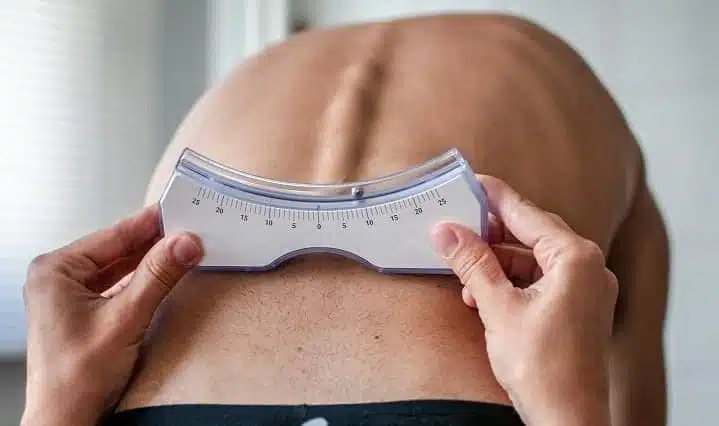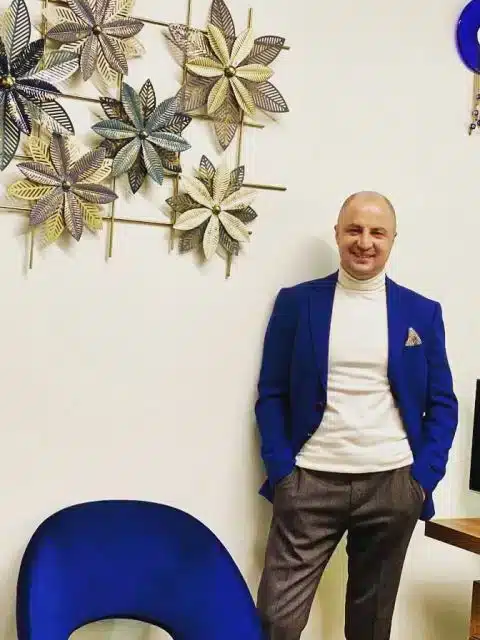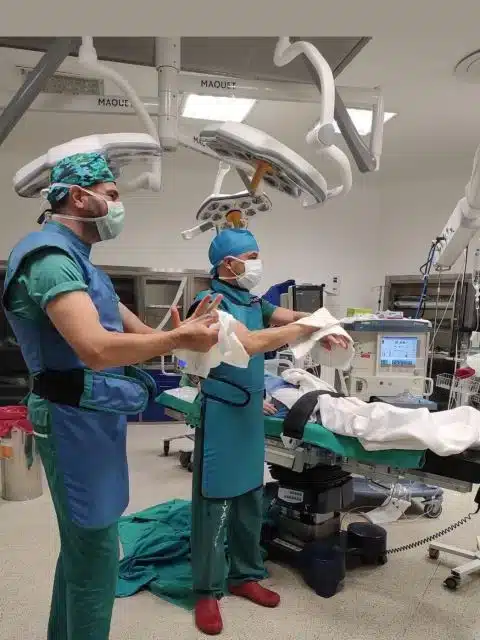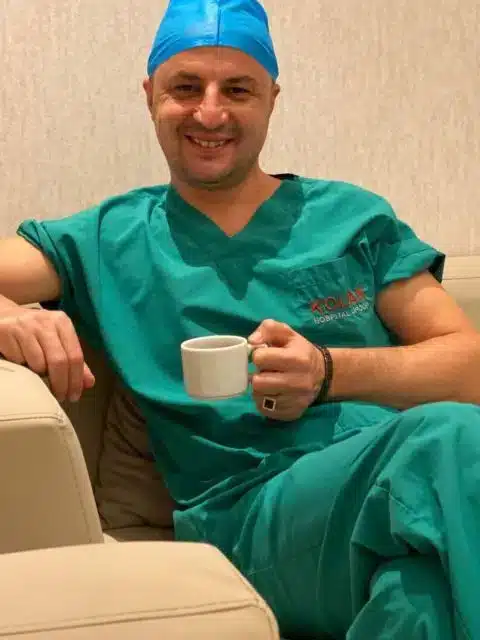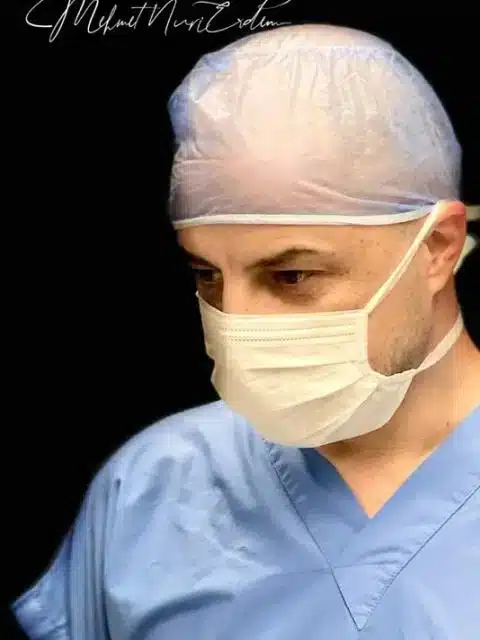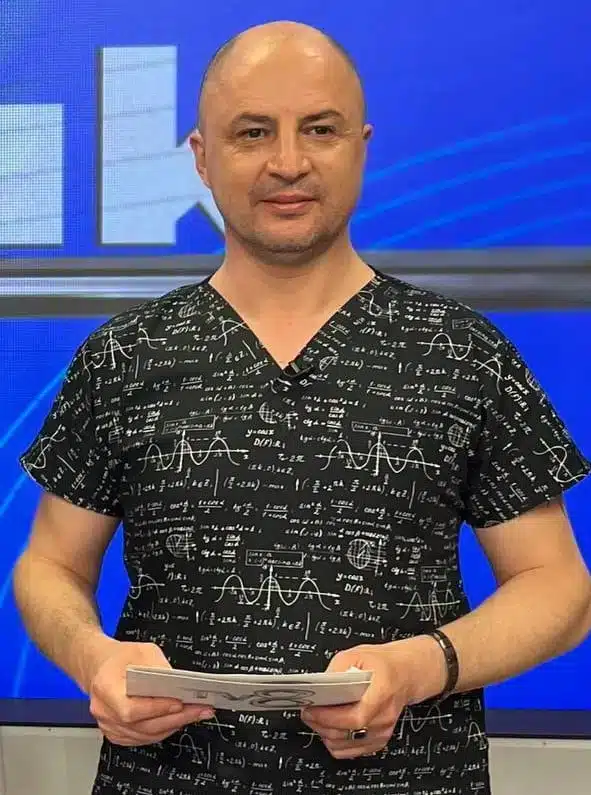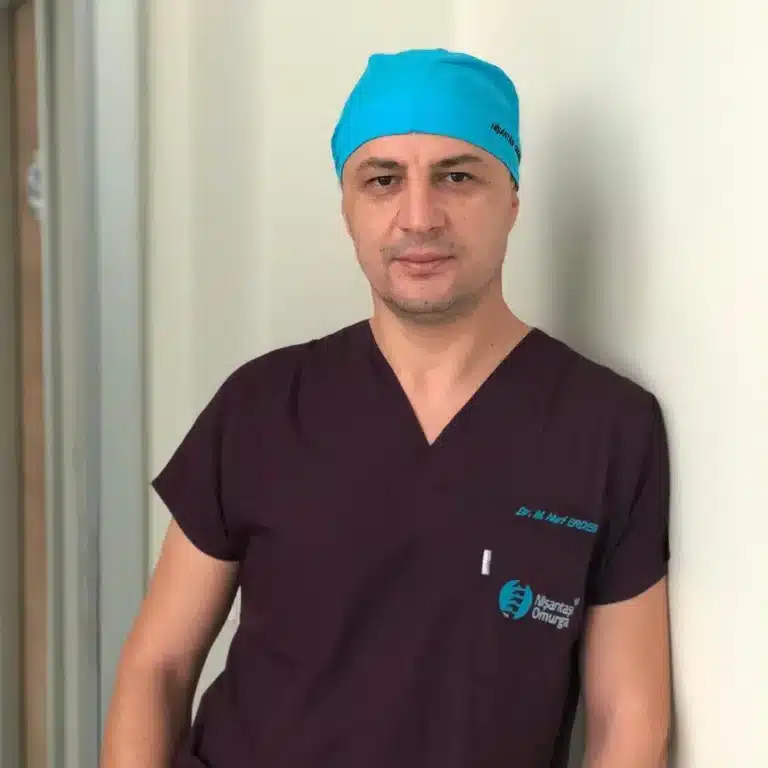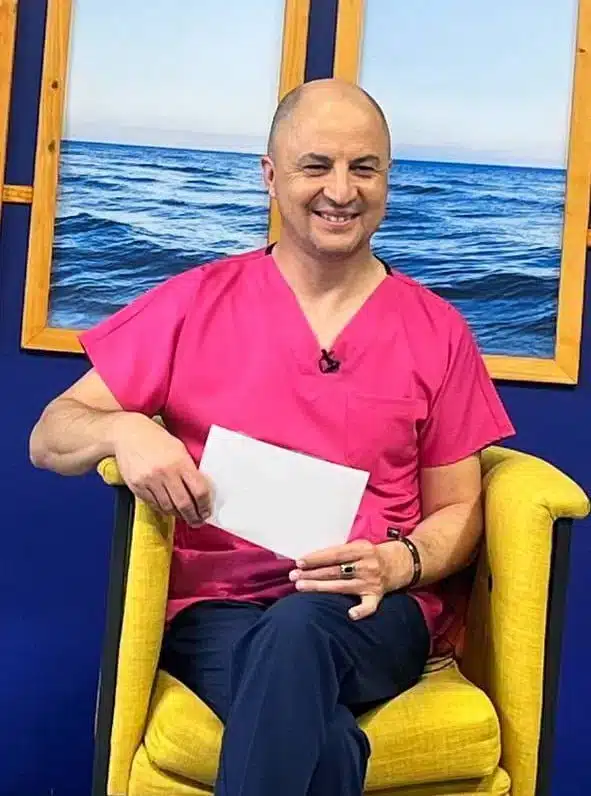It is quite a difficult process for both patients and families to diagnose scoliosis and decide for surgery. It includes many stages, such as choosing the doctor, choosing the hospital and eliminating concerns about the operation to be performed.
First of all, the need for surgery must be determined precisely. Therefore, it is worth starting with the question of when surgery is necessary.
Of course, the concept of scoliosis contains many different types.
To learn more about scoliosis types, see the article “scoliosis classification”. In this article, you will be told about adolescent idiopathic scoliosis, the process of preparing for surgery of adolescent scoliosis, the cause of which is unknown.
Adolescent scoliosis occurs after the age of 10, and no other disease that causes scoliosis can be found under most of it, that is why it is called adolescent idiopathic scoliosis.
How is the Decision of Surgery Made?
Scoliosis is a condition in which the spine, which should be straight when viewed from the front, bends sideways.
In fact, this situation is more common than popularly thought, but 90% of scolioses are in such a small degree that do not require treatment. 10-20 out of every 1000 people in the community have scoliosis. 2-3 of them need treatment and 1 of them needs surgical treatment.
You can learn about the problems that the patient may encounter in untreated scoliosis by reading the article here.

A patient’s need for surgery due to scoliosis primarily depends on the patient’s age and the degree of curvature. Scoliosis is a disease that progresses during the rapid growth period, so it is important to decide how much longer the patient will grow.
If we simplify the decision by degree, curves above 50 degrees require surgical treatment.
In curves between 40-50 degrees, the location of the curvature and the age of the patient, that is, the growth potential, are the deciding factors.
Curvatures below 40 degrees are treated with conservative methods. You can review this article to examine conservative treatment methods.
Scoliosis is Diagnosed by Clinical and Radiological Evaluation
Clinical Evaluation
The presence of scoliosis can be determined with a few simple observational examinations.
Scoliosis is actually a three-dimensional deformity, not just a sideways bending of the spine when viewed from the opposite side. As the spines are tilted sideways, they also rotate around their own axis, resulting in a unique appearance of scoliosis. Especially in curvature of the back, the rotation of the ribs together with the spine to which they are attached causes a part of the back to appear more decaded and another part to appear more protruding, that is, hunchback, when viewed from behind.

It is possible to detect this with a simple ‘Forward Bend Test’. The asymmetry in the back or waist becomes most evident when the patient leans forward with his hands freely hanging down.
Physical examination also includes a general evaluation and examination in terms of possible diseases that may accompany or cause scoliosis. Because the treatment of scoliosis due to another underlying disease is different from scoliosis of unknown cause (idiopathic).
Radiological Evaluation
The first radiological examination is scoliosis radiographs taken standing.
These radiographs should clearly show the entire spine, starting from the chin and down to the thigh, and should be taken both from the opposite and the side. The aim is to clearly observe the posture and curvatures of the spine.
First, the angle of the structural (main) curvature(s) is measured.
One of the most significant reflexes of the body is to look across perpendicularly, that is, to see the skyline horizontally. When a curvature emerges in the vertebra, the body tries to compensate for this and keep the body upright with the spines outside the current curvature. These curvatures that try to balance the actual curvature are called compensatory curvatures.
The second examination on the X-ray is the measurement of the angle of compensatory curvatures.
Thirdly, the stage of skeletal development, that is, the patient’s potential to increase in height is evaluated.
Finally, it is determined how much the dimple in the waist and the hump on the back are affected by scoliosis, and how much they increase or decrease in the side-taken radiographs.
The next step is to take side-bending radiographs.
In these graphs, it is identified how flexible the existing curvatures are. It is important to distinguish how flexible the curvatures are while planning the preparation for the surgery. More rigid ie inflexible curvatures are more difficult to correct and may require more spines to be included in the surgery.
Similarly, flexible curves can be corrected more easily, and in some cases not all of these flexible curves need to be included in the surgery.

For a scoliosis patient who is being prepared for surgery, the next radiological examination is scanning of the entire spinal cord with MRI.
MRI is not a routine procedure applied to all scoliosis patients but taken in certain special situations.
You can review when scoliosis patients need MRI from the article HERE.
In patients who will undergo surgery, it is vital to detect before the operation whether there is any pathology concerning the spinal cord. For this reason, MRI is routinely performed on all patients who will undergo surgery.
Anesthesia Preparation
After all the radiological examinations are done and the surgery decision is finalized, it is now time to determine the date for the surgery.
This is a joint decision to be made together with the doctor, the patient and their relatives.
The patient comes to the hospital for anesthesia preparation about 1 week before the operation day.
After the examination by the anesthesiologist, all relevant tests are performed.
It should be noted that scoliosis is an elective surgery, so there is no urgency. The anesthesiologist may perform additional examinations and may request the patient to undergo some preoperative treatment. Although it is unlikely, a situation may also occur that prevents the patient from undergoing surgery.

If there is a situation that threatens the patient’s life in the operation, the operation is abandoned. No spine surgeon would risk a patient’s life for scoliosis surgery.
An assistant from our team will accompany you during the anesthesia preparation and help you to make the examinations and tests quickly and completely.
The Day Before Surgery
The patient is asked to take a shower and stay hungry after 12 pm.
What is meant by being hungry is the state of complete fasting, that is, no food or water is consumed.
You can stay in the hospital the night before, in order to stay away from the problems that may occur on the morning of surgery.
The surgery will start at an early hour, and you are expected to be ready at 7 o’clock in the morning at the latest, wearing your surgical gown.
When the operating team and the operating room are fully ready, the service nurses will take the patient to the operating room.
You can read the methods used in scoliosis surgery HERE, and the post-operative hospital process from the article HERE.
All necessary precautions and interventions will be carried out by our team to complete this procedure without any problems, including the preparation process.


